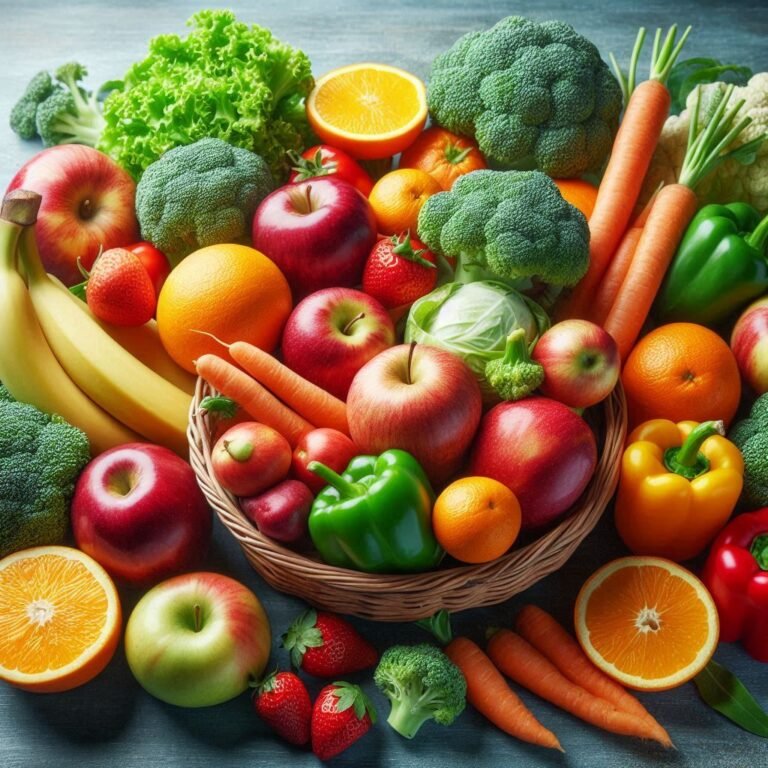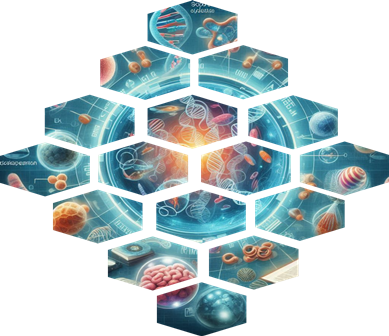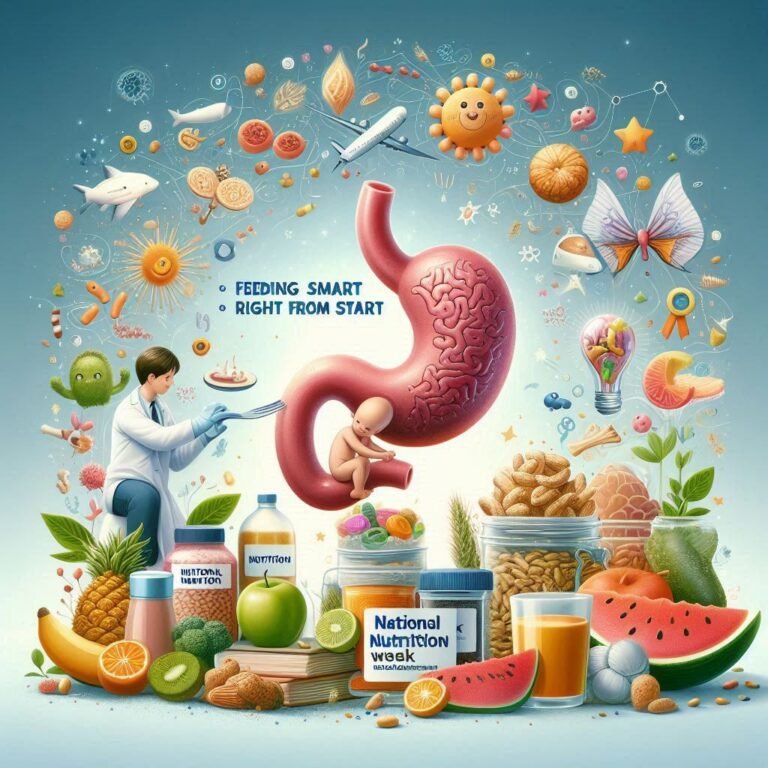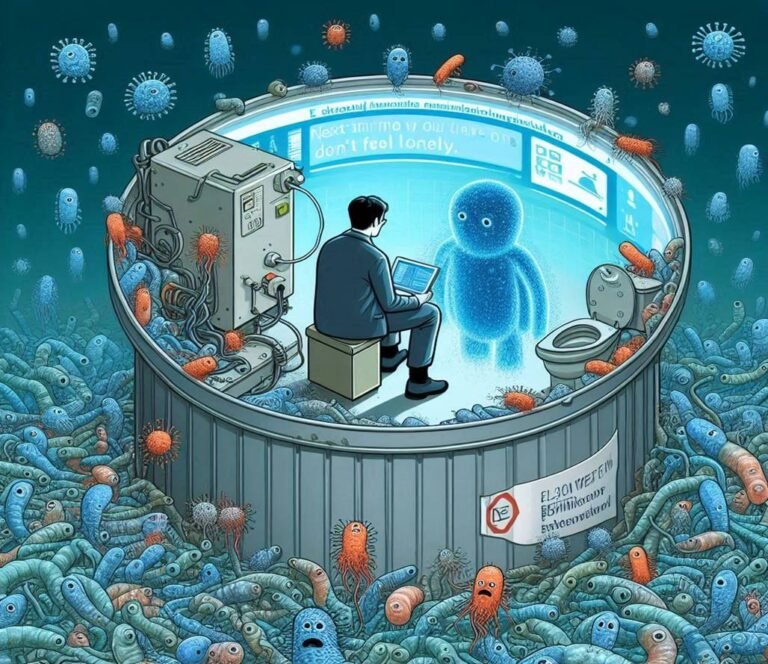Fruits and vegetables (F&V) are vibrant, tasty, and essential for our nutrition, providing various micro and macronutrients vital for health. Further, these are good sources of vitamins, proteins, enzymes, carbohydrates, fats, fiber, water, organic acids, and secondary metabolites. Recognizing their importance, various international and national bodies have established dietary guidelines. The World Health Organization (WHO) and the Food and Agriculture Organization (FAO) recommend a minimum intake of 400 grams of F&V daily for adults. Consuming optimal amounts of F&V has been linked to the prevention and management of diseases such as cancer, stroke, diabetes, cataracts, and age-related malfunctions. Conversely, a deficiency in F&V is associated with approximately 2.7 million deaths annually, or 4.9% of total mortality, ranking as the sixth leading risk factor for death globally.
On the other hand, the increasing demand and growing population pressures have led to the use of artificial colors, preservatives, and ripening agents by farmers and sellers, along with extensive use of pesticides and chemical fertilizers to meet these needs. Moreover, the accumulation of heavy metals in the soil, which then transfer to produce due to human activities, is emerging as a significant public health concern.
Artificial colours and its harmful impacts
Local vendors and hawkers often use artificial colors to attract consumers, a practice that has become a routine practice. Some of these colors are derived from petroleum byproducts and contain carcinogens such as 4-aminobiphenyl, 4-aminoazobenzene, and benzidine. Regulatory bodies like the Food and Drug Administration (FDA) and the Food Safety and Standards Authority of India (FSSAI) have approved certain colors like tartrazine, sunset yellow, erythrosine, brilliant blue, indigo carmine, and fast green. However, evidence has been found that permitted colors also cause hyperactivity in children, skin rashes, respiratory issues, cancer, nausea, hypertension, allergies, and both gastrointestinal and psychological effects. Moreover, the use of unauthorized colors such as auramine, metanil yellow, lead chromate, rhodamine, and sudan dyes in various food items is widespread. These substances are toxic and can cause severe health problems by damaging vital organs like the kidneys and liver.
Artificial preservatives and their harmful impacts
Preservatives, which can be sourced from natural or synthetic origins, are added to food and vegetables to prolong their shelf life by preventing or slowing down the growth of microorganisms and maintaining sensory qualities such as color, flavor, and texture. However, concerns have arisen over artificial preservatives due to their association with severe health risks, including cancer, asthma, bronchitis, hypersensitivity, allergies, hyperactivity, and neurological damage. Specifically, substances like sodium benzoate, sodium nitrite, propyl gallate, butylated hydroxyanisole, and butylated hydroxytoluene have been linked to cancer, hypersensitivity, and asthma. Additionally, benzoates may trigger allergies, asthma, and skin rashes.
Artificial ripeners and their harmful impacts
The natural ripening process is an essential physiological phenomenon that enhances the sweetness, taste, and nutritional value of fruits and vegetables. On the other hand, artificial ripening is a forced process conducted prematurely by manipulating various factors such as achieving a quicker and more consistent color, and ensuring year-round availability, using various chemical ripeners. Research indicates that certain artificial ripening agents like calcium carbide, acetylene gas, potassium sulfate, ethephon, potassium dihydrogen phosphate, putrescine, oxytocin, and protoporphyrinogen, are toxic and pose health risks. Educated farmers have been noted to use substances like calcium carbide, ethephon, and oxytocin to increase fruit and vegetable size. However, extensive use of these chemicals can lead to serious health problems such as dizziness, excessive thirst, fatigue, irreversible skin damage, difficulty swallowing, vomiting, irritation of the mouth and nose, headaches, mood swings, mental confusion, memory impairment, brain swelling, renal failure, and sustained hypoxia.
Cultivation environment and its harmful impacts
The growth of fruits and vegetables is significantly influenced by environmental factors such as soil, water, and air quality, as well as the use of various agrochemicals like fertilizers and pesticides. In response to high demand and population pressures, farmers have turned to additional methods such as applying various toxic pesticides/ herbicides which are bioaccumulated by plant tissues, that can be transferred to humans through the food chain, posing health risks due to their toxicity. These risks include nausea, cancer, birth defects, infertility, and hormonal disruptions. Moreover, human activities like mining and industrial processes contribute to heavy metal contamination in soil and water, leading to the accumulation of these metals in plants, especially in urban areas. This accumulation can cause a range of health issues, including damage to the skin, respiratory system, central nervous system, and organs.
CONCLUSION
Natural fruits and vegetables stand as the most wholesome foods, often eaten raw or cooked. The deliberate contamination of food with artificial preservatives, ripeners, colorants, pesticides, and heavy metals poses significant health risks. Should this practice persist, both developing and developed nations will likely confront the threat of dietary toxicity shortly. It’s imperative to adopt organic fertilizers and pest control methods, coupled with comprehensive training for farmers. Concurrently, scientists must endeavor to find safer alternatives to these detrimental chemicals. Moreover, local authorities should deploy qualified personnel to rigorously and routinely inspect the practices of farmers and vendors. Additionally, the formation of a specialized task force to pinpoint and address the adverse agricultural conditions and strategize the detoxification of the environment is recommended.
Dr. Jyoti Ranjan Rout
Assistant Professor, School of Biological Sciences, AIPH University, Bhubaneswar






